Fire rainbows, also known scientifically as circumhorizontal arcs, captivate observers with their vibrant, fiery appearance and vivid spectrum of colors. Instead, they are a rare optical phenomenon that occurs under very specific atmospheric conditions. This article on archeology.dulichvn.net delves into the science behind fire rainbows, the factors contributing to their formation, and the best times and places to witness these mesmerizing arcs in the sky.
What Are Fire Rainbows?
The Science Behind the Phenomenon
Fire rainbows occur when sunlight passes through high-altitude cirrus clouds, which are composed of ice crystals. These ice crystals act like tiny prisms, refracting sunlight and separating it into its individual colors. The result is a dazzling spectrum that stretches across the sky, resembling a rainbow.
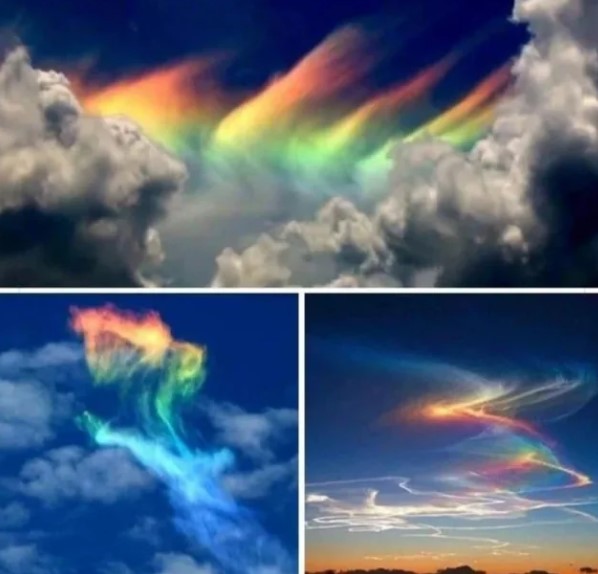
Why the name “Fire Rainbow”?
The term “fire rainbow” is a bit of a misnomer. The “fire” in the name refers to the vivid, fiery colors that appear when the light refracts, while “rainbow” denotes the arc-like shape. However, unlike traditional rainbows, fire rainbows are not caused by water droplets but by ice crystals.
See more: The Mystery of the Stone Coffin: Unearthing Medieval Secrets Beneath Leicester
How Are Fire Rainbows Formed?
The Role of Cirrus Clouds
Cirrus clouds, located at altitudes of around 20,000 feet (6,000 meters) or more, are essential for fire rainbows. These wispy clouds are made up of tiny, hexagonal ice crystals, which are key to refracting sunlight in a way that creates the colorful arc.
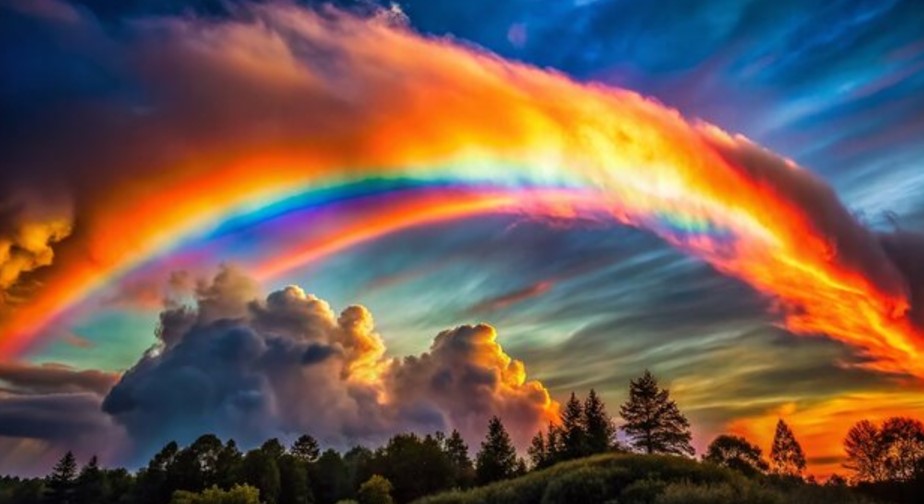
Sunlight and Angles
For a fire rainbow to appear, the sun must be at an elevation of at least 58 degrees above the horizon. The sunlight enters the ice crystals at just the right angle, refracting and splitting into their constituent colors. If the sun is too low or too high, the phenomenon cannot occur.
Perfect Alignment
The ice crystals must be horizontally aligned in the cloud layer to refract the sunlight effectively. This precise alignment ensures that the light spreads out into a colorful, wide arc visible to observers on the ground.
See more: The Mystery of the Stone Coffin: Unearthing Medieval Secrets Beneath Leicester
When and Where to See Fire Rainbows
Best Seasons for Viewing
Fire rainbows are more likely to occur during the summer months, particularly in regions at mid-latitudes. The higher position of the sun during summer increases the chances of meeting the 58-degree elevation requirement.
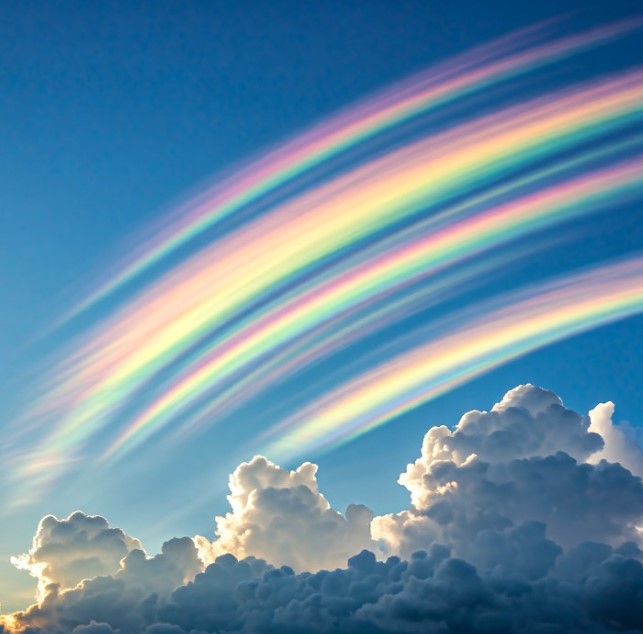
Timing Matters
The phenomenon is typically visible during the day, when the sun is high in the sky. Observers should look for cirrus clouds on clear, sunny days, as these conditions are most conducive to fire rainbow formation.
Why Are Fire Rainbows So Rare?
Specific Atmospheric Conditions
The rarity of fire rainbows stems from the need for the perfect combination of factors. The correct type of cloud, the precise alignment of ice crystals, and the sun’s elevation all need to align simultaneously, which happens infrequently.
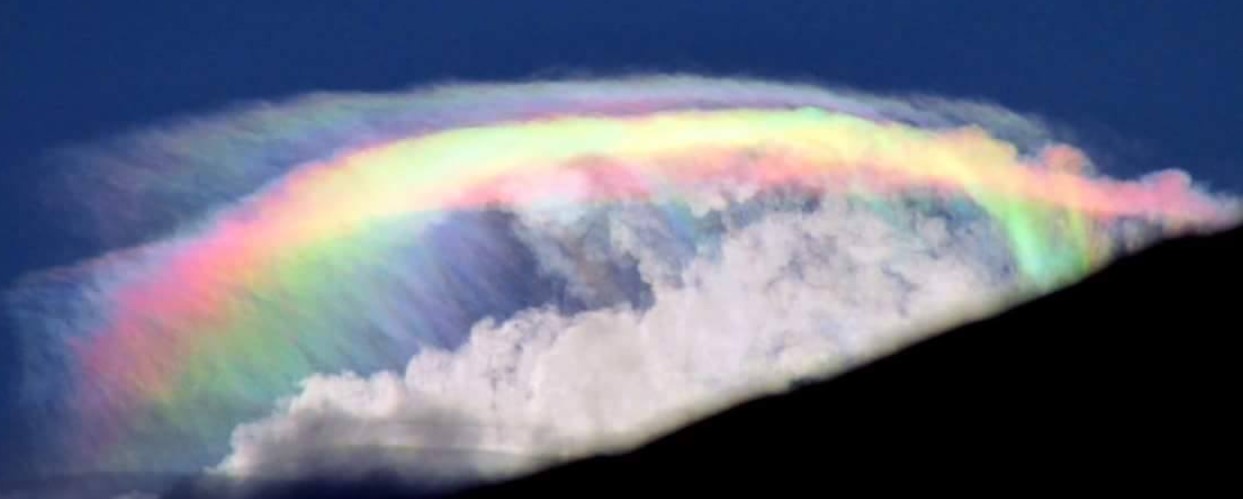
Misidentification
Many people mistake other atmospheric phenomena, such as sundogs or halos, for fire rainbows. True fire rainbows are distinct due to their vibrant, spectrum-like appearance and the large arc they form across the sky.
Changing Climate and Visibility
With changing weather patterns and cloud formations, the visibility of fire rainbows may fluctuate. Observers in regions with less frequent cirrus cloud coverage are less likely to witness the phenomenon.
The Awe-Inspiring Beauty of Fire Rainbows
A Spectacular Display of Colors
When a fire rainbow does appear, it can stretch across large portions of the sky, creating a breathtaking display. The bright, fiery colors contrast dramatically with the blue sky, making it a memorable sight for anyone lucky enough to witness it.
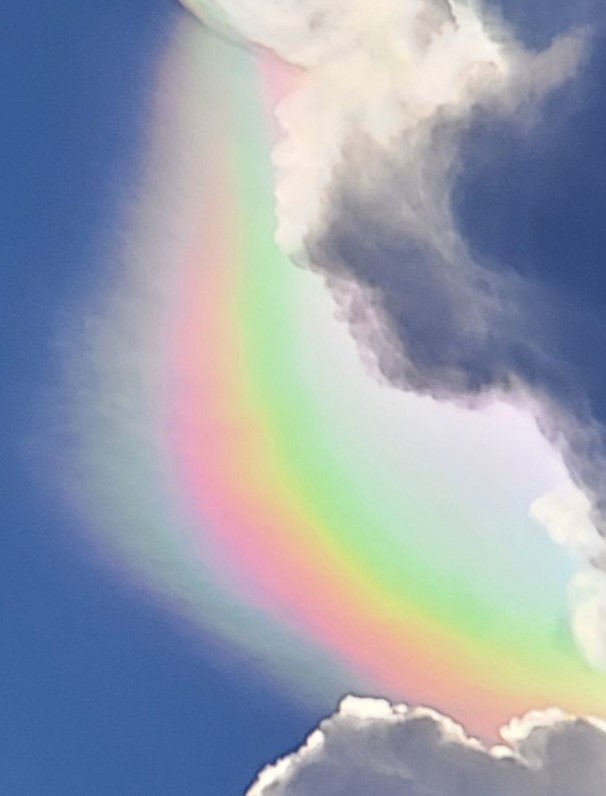
A Reminder of Nature’s Complexity
Fire rainbows are not just visually stunning; they are a testament to the intricate interplay of light, ice, and atmosphere. Observing one serves as a reminder of the beauty and complexity of our natural world.
Capturing the Moment
For photographers and nature enthusiasts, fire rainbows provide a rare opportunity to capture a unique atmospheric event. Proper timing, a clear sky, and a good vantage point are essential for documenting these elusive arcs.
Conclusion: Nature’s Rare Masterpiece
Fire rainbows, or circumhorizontal arcs, are one of nature’s most beautiful and rare spectacles. Formed under specific conditions involving sunlight, cirrus clouds, and ice crystals, these vibrant arcs paint the sky with fiery colors that inspire awe and wonder. Though rare, they remind us of the fascinating complexity of Earth’s atmosphere and the beauty it can create.

CÁC TIN KHÁC
Mary Walton: The Forgotten Inventor Who Helped Clean Up America’s Cities
Tomb of Queen Nefertari in the Valley of the Queens, Egypt
Discover the Hypostyle Hall of the Temple of Hathor at Dendera
Venus de Losange: Unveiling the Mystery of a 20,000-Year-Old Paleolithic Icon